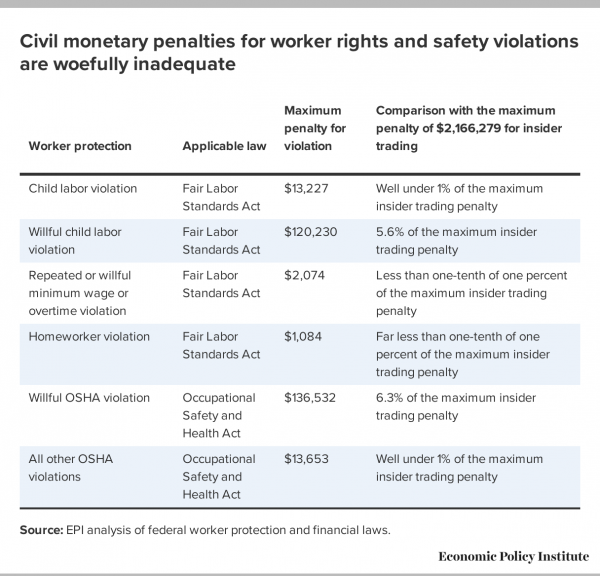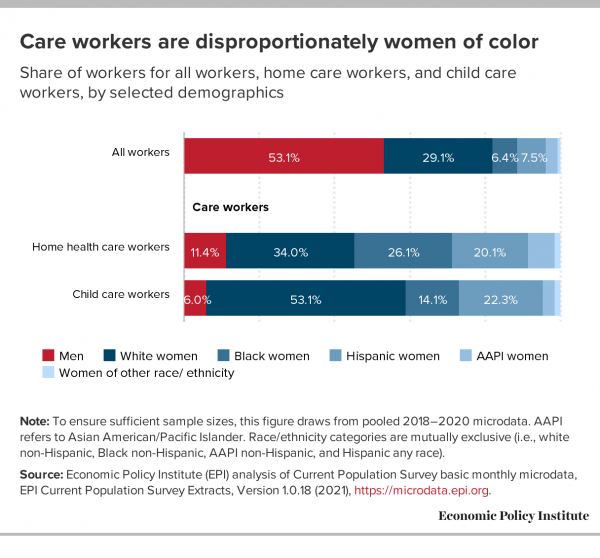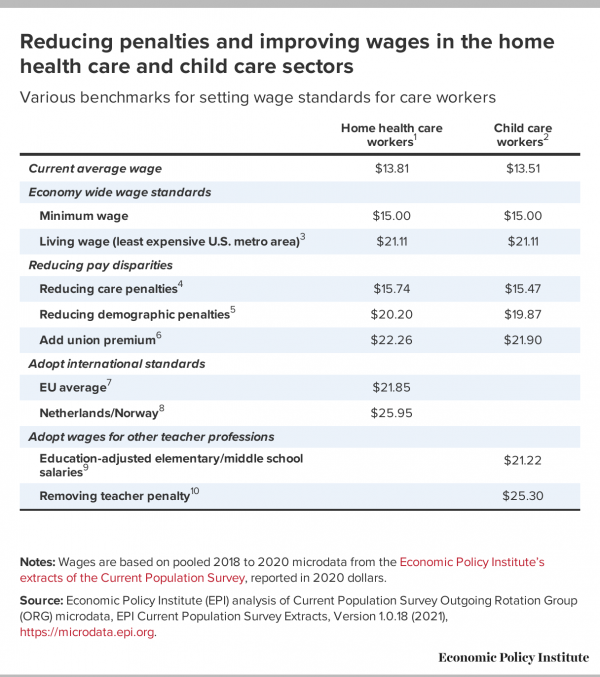"one of the advantages of behavioral economics is that it helps to drag social science generalities down into the realness of the particular."
https://conversableeconomist.wpcomstaging.com/2021/07/20/where-is-behavioral-economics-now/
Behavioral economics is the combination of insights from psychology with economic behavior. A usual starting point for models of economic actors is that while they will sometimes make wrong decisions, they will not make the same wrong decisions over and over. To put it another way, they will continually be trying to avoid what they now perceive as the errors of the past, while also committing a range of mistakes.
But psychological research suggests that in certain settings, many people will make the same mistake over and over. For example, many people have personal or economic habits (say, exercise, or eating healthier, or quitting smoking, or saving more) that they would like to change. They know with some part of their mind that if they don't make a change, they are likely to regret it in the future. Nonetheless, they keep deciding they will start the desired change tomorrow, rather than today. There are many of these biases that, while one can learn to overcome them, seem built into cognition. People often do a poor job of thinking about risks that have a low probability of happening. Behavioral economics looks at the outcome of economic situations where some or many people have these biases.
For those who want to learn what behavioral economics is all about, a good starting point is The Behavioral Economics Guide 2021, edited by Alain Samson. It's from the behavioraleconomics.com website, which serves as an online hub for people interested in the topic. I recommend the volume for at several purposes.
There's a 30+ page glossary of behavioral science concepts, for those who would like a little help with the lingo, starting with "action bias" and ending with the "zero price effect." Here's "action bias:"
Some core ideas in behavioral economics focus on people's propensity to do nothing, as evident in default bias and status quo bias. Inaction may be due to a number of factors, including inertia or anticipated regret. However, sometimes people have an impulse to act in order to gain a sense of control over a situation and eliminate a problem. This has been termed the action bias (Patt & Zeckhauser, 2000). For example, a person may opt for a medica treatment rather than a no-treatment alternative, even though clinical trials have not supported the treatment's effectiveness. Action bias is particularly likely to occur if we do something for others or others expect us to act (see social norm), as illustrated by the tendency for soccer goal keepers to jump to left or right on penalty kicks, even though statistically they would be better off if they just stayed in the middle of the goal (Bar-Eli et al., 2007). Action bias may also be more likely among overconfident individuals or if a person has experienced prior negative outcomes (Zeelenberg et al., 2002), where subsequent inaction would be a failure to do something to improve the situation.
Here's the definition of "zero price effect:"
The zero price effect suggests that traditional cost-benefits models cannot account for the psychological effect of getting something for free. A linear model assumes that changes in cost are the same at all price levels and benefits stay the same. As a result, a decrease in price will make a good equally more or less attractive at all price points. The zero price model, on the other hand, suggests that there will be an increase in a good's intrinsic value when the price is reduced to zero (Shampanier et al., 2007). Free goods have extra pulling power, as a reduction in price from $1 to zero is more powerful than a reduction from $2 to $1. This is particularly true for hedonic products—things that give us pleasure or enjoyment (e.g. Hossain & Saini, 2015). A core psychological explanation for the zero price effect has been the affect heuristic, whereby options that have no downside (no cost) trigger a more positive affective response.
If you have a drop of social scientist blood in your veins, descriptions like this will start your pulse pounding. Do these effects really exist? In what context? How would you measure them? Are these effects intertwined with a different or perhaps broader effect? If you need concrete examples, the bulk of the report is 15 short and readable summaries of recent studies in the area, with examples concerning prevention of gender-based violence, banking and insurance, sustainable agriculture, career coaching, and more.
One theme that emerges from several papers in the volume is that behavioral economics effects are often deeply rooted in a particular context: that is, you can't just grab an item from the glossary, plug it into your life or business or organization, and assume you know how it will work. For example, Florian Bauer and Manuel Wätjen write about their research in "Tired of Behavioral Economics? How to Prevent
the Hype Around Behavioral Economics From Turning Into Disillusionment." They write:
Applying the behavioral economics effects found in academic experiments to marketing is becoming more and more popular. However, there is increasing evidence that copy-and-pasting academic effects does not achieve the desired effects in real life. This article aims to show that this is not because customers are becoming wise to nudges or that behavioral economics does not work at all, but because the application of behavioral economics typically ignores the contextual aspects of the actual decision to be influenced. Herein, we present a framework that considers these aspects and helps develop more effective behavioral interventions in marketing, pricing, and sales.
John A. List makes an argument that is similar in tone but broader in his introduction to the volume, "The The Voltage Effect in Behavioral Economics." Listpoints out that it is fairly common for someone to latch on to an academic study in behavior economics, but then are disappointed when it doesn't seem to "scale up" to a real-world context. List writes:
Indeed, most of us think that scalable ideas have some 'silver bullet' feature, i.e., some quality that bestows a 'can't miss' appeal. That kind of thinking is fundamentally wrong. There is no single quality that distinguishes ideas that have the potential to succeed at scale with those that do not do so. In this manner, moving from an initial research study to one that will have an attractive benefit cost profile at scale is much more complex than most imagine. And, in most cases, scaling produces a voltage drop—the original BE [behavioral economics] insights lose considerable voltage when scaled. The problem, ex ante, is determining whether (and why) that voltage drop will occur. … What this lesson inherently means is that scaling, in the end, is a weakest link problem: the endeavor is only as strong as the weakest link in the chain.
In other words, the connection from an academic study to a real-world application involves a number of links in a chain. List lays out five of them:
- Infererence. Perhaps the academic study you looked at was a "false positive"–that is, the result won't hold up in other similar studies. List suggests that before believing an effect is real, one should look for "three or four well-powered independent replications of the original finding."
- Representativeness of the population. If a study was done on a group of college sophomores, or retirees, or people with a certain medical condition, you can't necessarily assume that it apply well on other groups, like working-age adults or high school dropouts.
- Representativeness of the situation. For example, a small-scale program with a small group of dedicated and trained participants may not scale up well to a larger general population group that is less dedicated and less well-trained.
- Spillovers and general equilibrium effects of scaling. Say that I start a program in a certain area to teach a highly desirable skill to some workers. Those workers get much higher pay as a result. So then I expand the program very substantially to teach this skill to many more workers. The original group did well in part because it was a small group, and the skill was still scarce. But at some point, as the skill becomes common in that are, the rewards will be lower.
- Marginal cost considerations. As program expands, there are two possibilities. One is that there are economies of scale: that is, as the program covers more people, average cost per person falls. For example, a web-based program that can be expanded to cover many more people might have this property. However, the other possibility is that as the program covers more people, average cost per person rises. This can happen if the program needs some specific and particular skills that may be hard to get: for example, perhaps I can train a small group of teachers who volunteer to be part of my new specific curriculum, but as I try to train bigger and bigger groups, it gets harder.
List draws on Tolstoy to summarizes his thinking. At the beginning of Anna Karenina, Tolstoy famously wrote: "All happy families are alike; each unhappy family is unhappy in its own way." List echoes: "[A]ll successfully scaled ideas are alike; all unsuccessfully scaled ideas fail in their own way." I would just add that from this perspective, one of the advantages of behavioral economics is that it helps to drag social science generalities down into the realness of the particular.
-- via my feedly newsfeed










